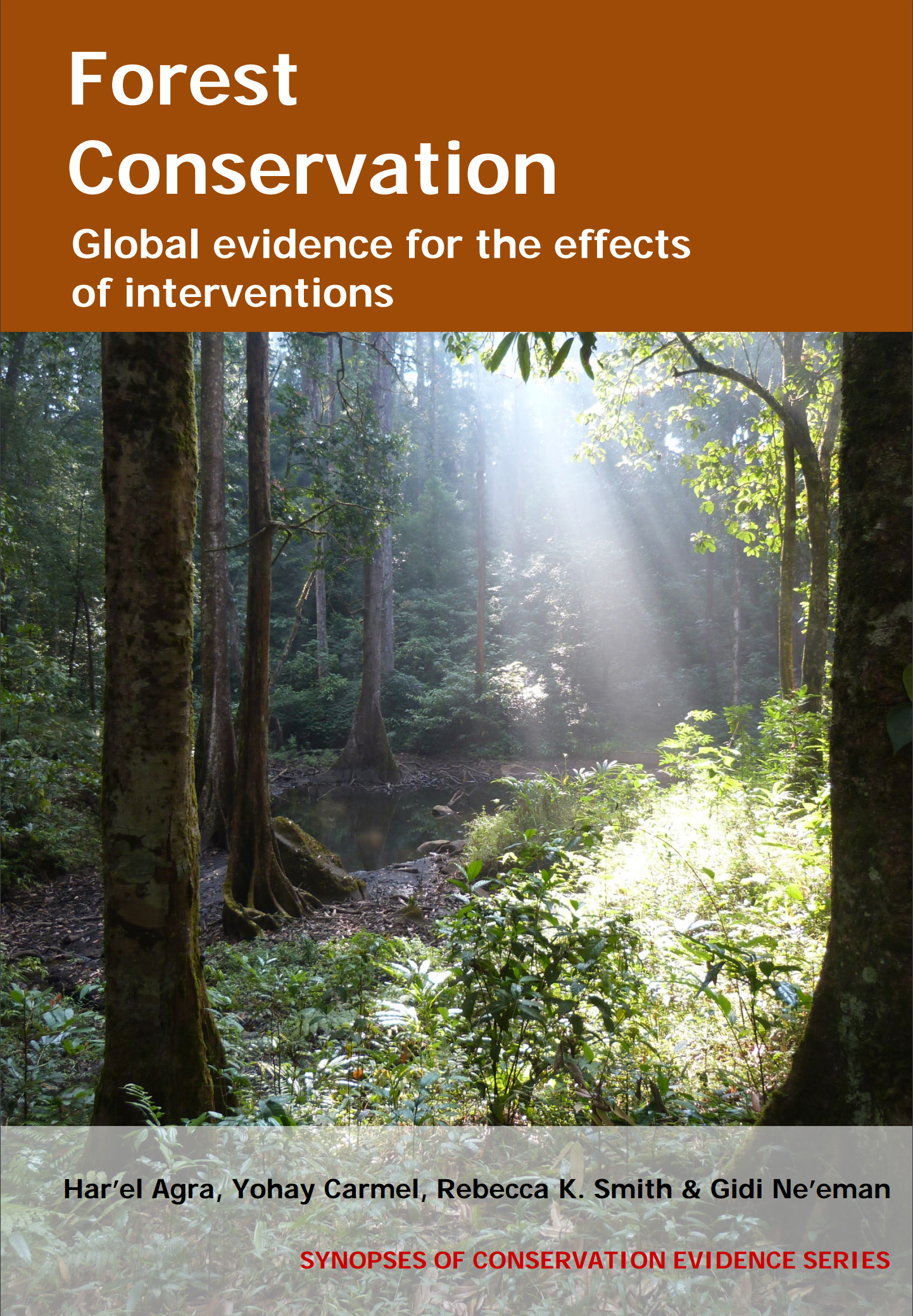Add lime to the soil to increase fertility
-
Overall effectiveness category Unknown effectiveness (limited evidence)
-
Number of studies: 1
View assessment score
Hide assessment score
How is the evidence assessed?
-
Effectiveness
80% -
Certainty
18% -
Harms
0%
Study locations
Supporting evidence from individual studies
A replicated, randomized, controlled study in 1991-1995 in a degraded temperate coniferous forest in Idaho, USA (Walsh & Redente 2011) found that adding lime to the soil before restoration planting increased total plant cover. Total plant cover was higher in lime addition (38-40%) than control plots (17-23%). Control and lime addition treatments (at 11,000 kg/ha ) were each applied in 1991 to eight plots (3 × 10 m) at each of two hilltop sites. All plots were fertilized with nitrogen, phosphorus and potassium at 112, 56 and 90 kg/ha respectively. Plots were planted with western white pine Pinus monticola trees, shrubs and grasses before treatments in 1991. Data were collected in 1995.
Study and other actions tested
Where has this evidence come from?
List of journals searched by synopsis
All the journals searched for all synopses
This Action forms part of the Action Synopsis:
Forest Conservation
Forest Conservation - Published 2016
Forest synopsis





)_2023.JPG)














